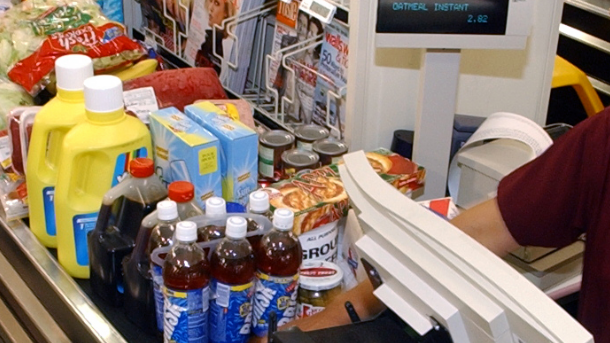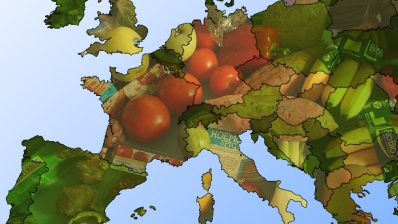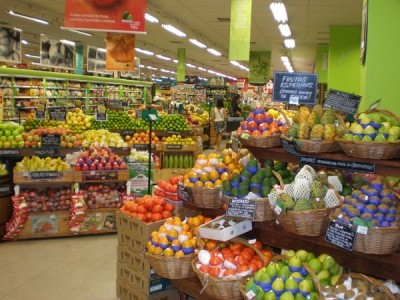Food sales boosted by online and discounters: IGD

Online food sales were forecasted to grow 53.8% in the next five years and estimated to be worth £16bn. However, IGD lowered its prediction for online growth from last year, as retailers begin to refocus their efforts on in-store experiences.
IGD chief executive Joanne Denney-Finch said the market offered by online had growth potential.
“We expect to see the ‘digital native’ – those people who have grown up using technology in many aspects of their lives – help to sustain growth in the future, as they carry on shopping online for groceries and potentially convert others to do the same.
“In the last month, 40% of all British shoppers say they have bought some of their food and groceries online, but looking ahead to the next two to three years that figure rises to 60% of shoppers who say it’s likely they will shop online.”
The second largest growth in sales
Discounters would see the second largest growth in sales in the next five years (49.8%), while contributing the most cash growth in the market – £30.1bn from £20.1bn.
By 2022, one in every £7 will be spent at a discounter – up from one in every £9 now – claimed IGD.
Online food growth
- Forecasted to grow 53.8%
- Forecasted growth fell from 68.3% last year
- Sales currently worth £10.4bn
- Sales forecasted to grow to £16bn by 2022
On the discounters, Denney-Finch said: “Discounters will contribute most to the cash growth in the market over the next five years, as they continue to open new stores and keep improving the shopper experience with new additions such as food-to-go, self-checkouts and larger stores.
“Four in five [79%] shoppers say they have visited a variety discounter for some of their grocery shopping in the last month, while two-thirds [62%] say they used a food discounter.”
Up to 70% of shoppers found the quality of the products they had bought from discounters had improved over the last couple of years, according Denney-Finch.
Grow at a much slower rate
Supermarkets was forecasted to grow at a much slower rate than online and discounters (5.9%), but still held the highest monetary value. IGD predicted supermarkets sales to be worth £91.1bn by 2022.
Denney-Finch added: “Our market growth figures to 2022 are higher than last year’s forecast, primarily driven by resurgent inflation following three years of sustained deflation across UK food and grocery.
“There’s a revolution underway in food and grocery, in terms of what, how and where shoppers do their shopping. On average, shoppers say they use around 12 different stores every month – and in the future, we will have an even greater choice in what, where and how we buy our food.”
Analyst comment – what the report means for suppliers
IGD’s chief economist James Walton told FoodManufacture.co.uk five key takeaways for food and drink suppliers and manufacturer from the think-tank’s food and grocery report.
- Walton said: “Large format grocery stores still account for the bulk of grocery sales and will continue to do so for many years to come. This remains a key battleground for most suppliers. As retailers reconsider their ranges and space allocations, aiming to make these sites work harder, new opportunities and challenges for suppliers may emerge.
- “Discounters continue to show good growth and many other areas of grocery retail are attracting a steady stream of new market entrants. At the same time, supermarket operators are regaining traction – suppliers need to consider carefully how to allocate the resources available to achieve maximum returns.
- “The emergence of food-to-go is creating a hybrid market between retail and foodservice. It’s worth reviewing who your competitors are in this changing market, as there may now be more than you realise.
- “Shopper behaviours and expectations are changing, eg fewer formal meals, less meal planning, more ad hoc occasions. Is there still a clear role in shoppers’ lives for all your products, or do you need to try something new to answer shoppers’ needs?
- “Although industry still tends to think in terms of grocery market channels, shoppers generally don’t think like that – they just go shopping. The channels are blurring together and the way shoppers interact with them is changing too. Is your supply chain optimised to handle new ways of shopping?”















